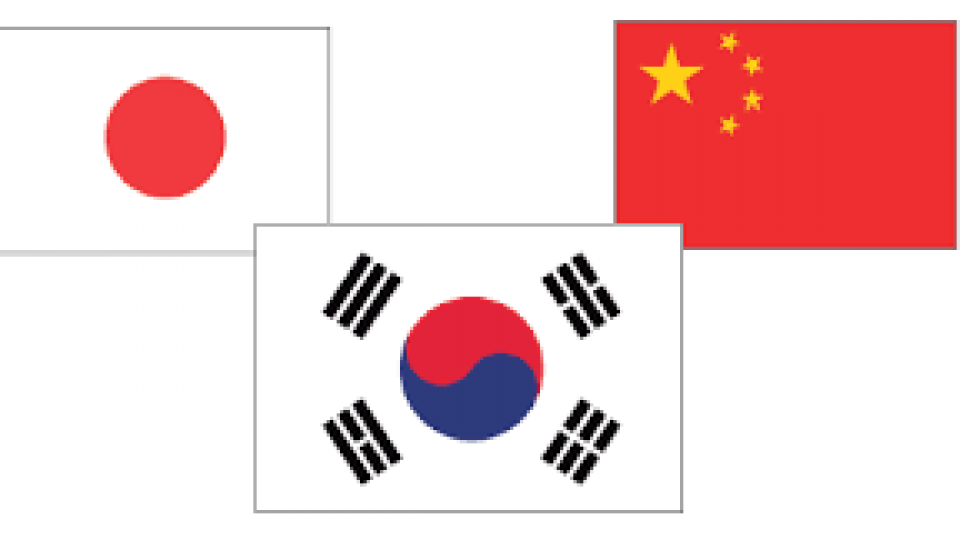China, Japan, and Korea, by Vanessa L. Fong, Childhood Studies, March 2012
Abstract
Sociologists, anthropologists, and historians have focused on diversity, inequality, and historical transformations in childhood and education in East Asian societies, while psychologists have focused on how the cultures, policies, and practices of East Asian societies have resulted in educational outcomes and patterns of child development that differ from those of societies outside East Asia, especially the United States. Prior to the 1980s, scholarship about childhood and education in East Asian societies was sparse, as social science scholarship infrastructures in East Asian societies were weak owing to political and economic limitations that resulted from the chaos left by the wars and revolutions that ravaged East Asian societies during the first half of the 20th century. In addition, the social sciences were dominated by Anglophone scholars whose interest in East Asian societies focused mostly on non–child-related aspects of those societies’ cultures, social structures, histories, politics, and literatures, while Anglophone psychologists and education researchers concentrated primarily on childhood and education in their own societies, paying little attention to these issues in East Asia. Scholarly interest in childhood and education in East Asia flourished after the 1980s, though,as a result of the increasing cultural, political, and economic power of East Asian societies; their tendency to do as well as, or even better than, Anglophone societies in international academic competitions; the rising numbers of emigrants from East Asia massage who brought interest and expertise in their home societies to the Anglophone societies to which they migrated; and globalizing forces that made East Asian societies more interesting to Anglophone social scientists, including psychologists and education researchers who had previously paid little attention to international comparisons. The amount of scholarly attention each country has attracted has been proportionate to its population, emigration patterns, and cultural, political, and economic influence on the rest of the world; thus, mainland China has attracted the bulk of scholarly attention paid to East Asian societies, with Japan coming in second, the Republic of Korea (South Korea) coming in third, and the Democratic People’s Republic of Korea (North Korea) not represented at all because it has been inaccessible to social scientists outside its borders.

